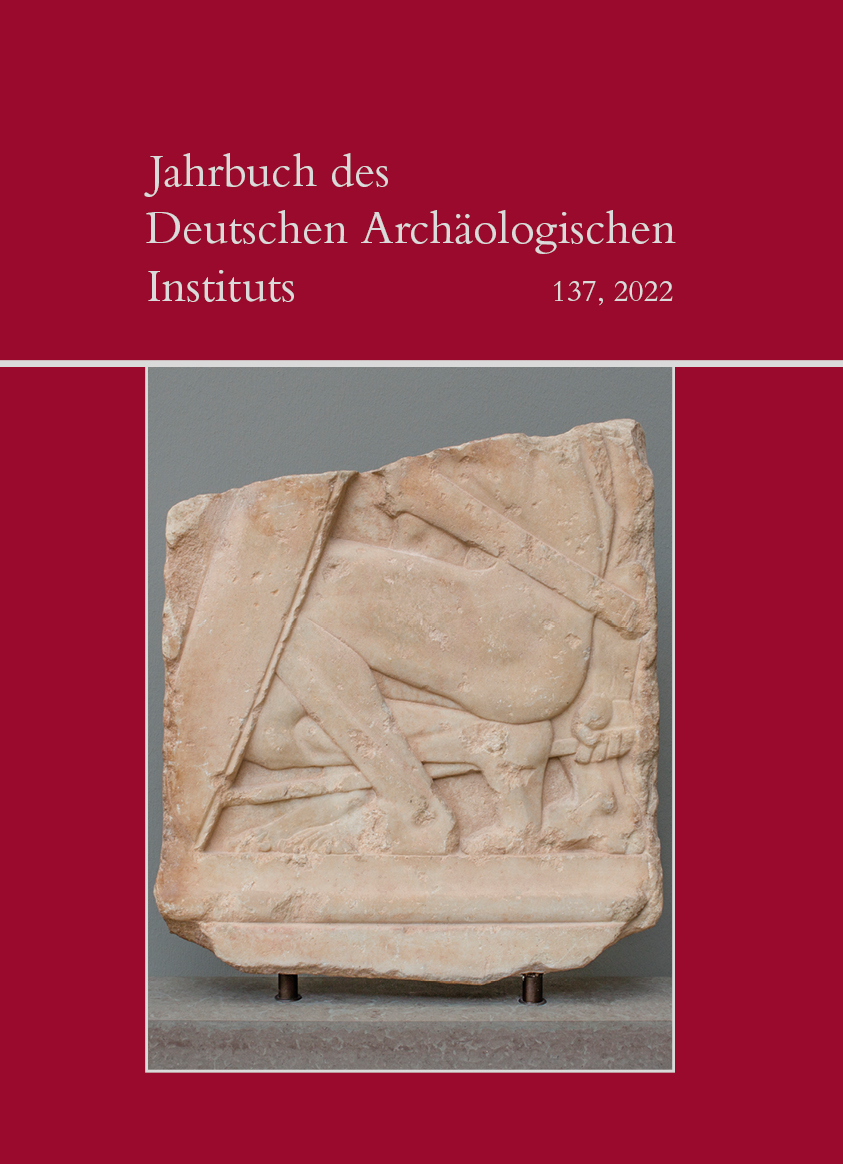Hellenistisch-römische Wohnkultur in der ersten römischen Provinz – Häuser in Solunt im Spiegel ihrer dauerhaften Ausstattung
Mit Beiträgen von Melanie Lang und Julika Steglich
https://doi.org/10.34780/32az-v1cm
Abstract
Ever since the 16th century, when the settlement on modern-day Monte Catalfano was identified with ancient Soluntum, scholarly interest has mainly focused on two aspects: on the one hand, on the relationship between the core of the Punic settlement on the promontory of Solanto and the urban structure built on the side of Monte Catalfano; on the other hand, on the residential buildings and public areas of this settlement, newly founded in the 4th century B.C., from an architectural history perspective. In contrast, the focus of this study is placed upon furnishings made from enduring materials as part of the domestic culture. Such furnishings could also be particularly effective in formulating representative claims to an elevated value or status, as can be clearly observed with elements made from marble, for example. On this basis, it is possible to discuss questions of representation claims and to identify characteristic elements of domestic culture in Hellenistic-Roman Soluntum. The picture that emerges allows us to observe that even at the time of the settlement’s abandonment, these domestic furnishings must still have been essentially characterised by late Republican features. In purely formal terms, they can then be placed within the familiar spectrum of Hellenistic furnishing elements. Insofar as these forms allow a closer dating, it seems likely that the majority of these objects were produced between the 3rd and 1st centuries B.C. It seems that there were no significant changes following the late Republic. There is also no discernible influence of the area’s Punic heritage in these kinds of furnishing elements.
Keywords:
Soluntum, Sicily, residential building, residential buildings





